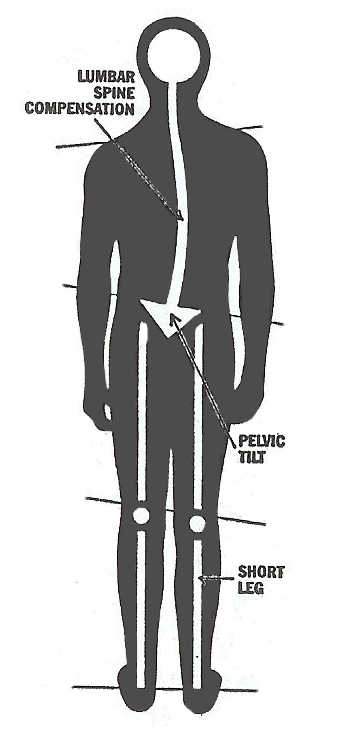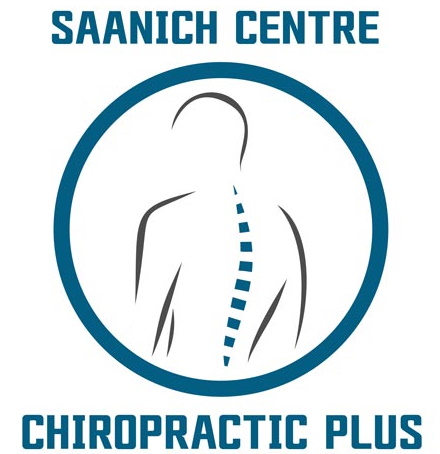The following post was written by Dr. Peter Quinn
Low back pain affects about 80% of us at some point in our lives. Usually the problems begin in childhood and our teen years. Often these imbalances remain undetected until adulthood.
Leg-length inequality contributes to low back pain, hip pain and knee pain and it can impact other areas of the spine and nervous system. In those of us with short-leg, our body’s centre of gravity is shifted to the short side. Walking and running adds increased stress to joints in the low back. This can lead to chronic low back pain and sciatica – pain in the buttock, thigh, calf or foot.
In a structural short-leg, leg-length inequality can stem from anatomical causes including fractures, deformities or unequal growth rates of leg bones. A functional short-leg can result from abnormal alignment and restriction of the sacroiliac joints from slips and falls, sports  injuries or during and after pregnancy. Foot arch flattening (pronation) can also cause functional short-leg.
injuries or during and after pregnancy. Foot arch flattening (pronation) can also cause functional short-leg.
A tilting of the pelvis, unequal hip heights, and spinal curvature (scoliosis) are some of the signs of this problem. Our bodies can tolerate such abnormalities for short periods. But over several weeks or months our adaptation reserves become exhausted. Then even routine movements take greater muscular effort, thus reducing our endurance. Stresses transmitted to the ligaments creates a cycle of misalignment of bones, muscle fatigue and ligament tension. If ignored for many years this can contribute to osteoarthritis (degenerative joint disease) in the spine, hip and knee joints.
Problems related to short-leg are commonly improved by chiropractic treatments including precise adjustments that free restrictions in the spine and other joints. This increases joint function and decreases stress on our nervous system often eliminating pain, numbness and tingling. Our chiropractors can determine whether custom-made orthotics or a good quality shoe insoles will provide the right support for flattened arches thus preventing repeated episodes of painful low back and pelvic misalignments.
Tight muscles may have compensated for joint misalignments for years and become knotted with adhesions and scar tissue. These adhesions can be freed with muscle release techniques offered by our chiropractors and registered massage therapists at Saanich Centre Chiropractic Plus.

0 Comments